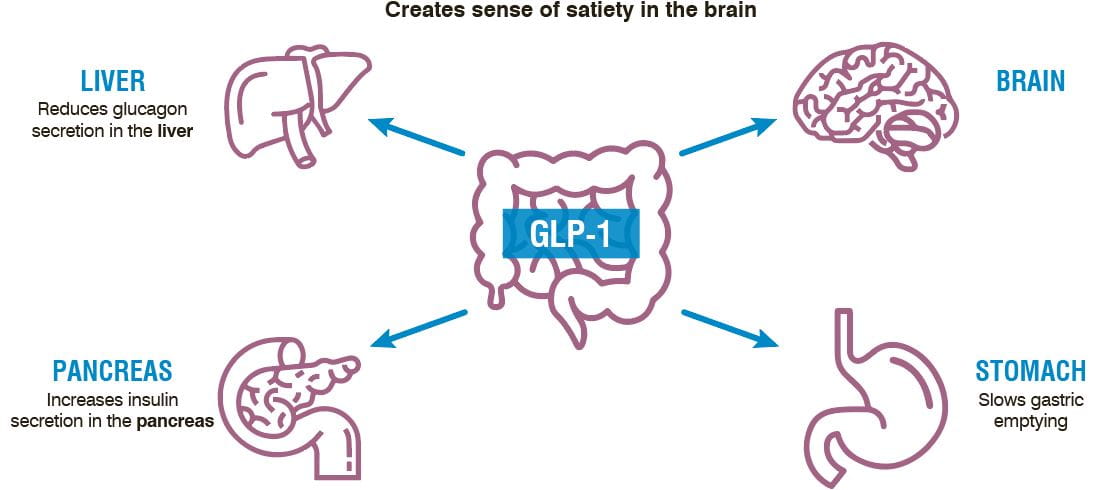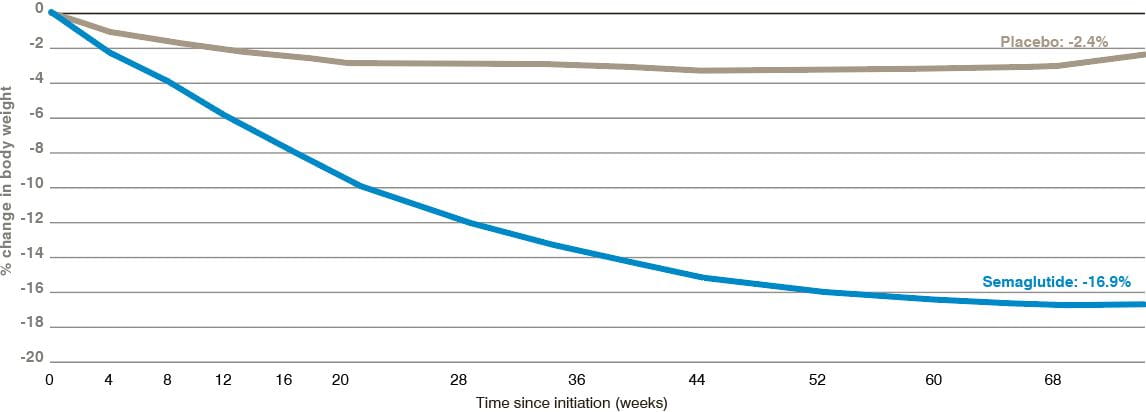The Disruptive Strategist: The rise of GLP-1 weight loss drugs
GLP-1 weight loss drugs are transforming the healthcare scene. Some analysts are predicting that the anti-obesity market may become the largest pharmaceutical market in history, while on the other hand, share prices of medical device companies, particularly those specialising in diabetes and obesity management, are beginning to feel the pressure.

